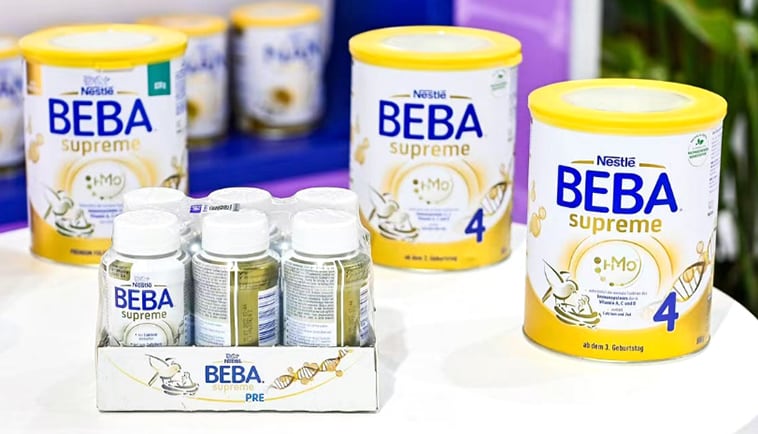Based on its recent Q3 results, Nestle Malaysia is seeing steady recovery from any COVID-19 impacts with a 3.4% turnover increase year-on-year to RM1.44bn (US$346mn) in Q3 2021 from RM1.39bn (US$334mn) in Q3 2020; and a healthy 15.3% increase year-on-year in profits after tax to hit RM148mn (US$35.6mn) in 2021 from some RM128mn (US$30.8) in 2020.
This is considered quite the achievement given that Malaysia was still under COVID-19 imposed restrictions throughout Q3 2021 and the firm’s factories were only operation at a 60% workforce limitation.
Nestle Malaysia was also successful at significantly ramping up its product innovation and the commercialisation of these in the last quarter, launching various new products/product ranges such as the NESCAFÉ Ready-To-Drink Limited Editions (Gula Melaka, Pandan and Ros Bandung), NESCAFÉ Ice Caffé Latte, KIT KAT Chunky Raisin & Cookie and NESTLÉ Onde Onde Ice Cream.
This was in addition to expanding the availability of products such as its Harvest Gourmet plant-based range, Dairy Free Milo and NESCAFÉ, and its Lively adaptogen-enriched teas.
That said, Nestle Malaysia CEO Juan Aranols has expressed concern for the remaining quarter of the year and in 2022 with regard to rising food commodity costs, which could translate into final product prices and affect consumers.
“[A] key challenge in the fourth quarter of the year will be the rising food commodity costs - We expect the impact to be more pronounced in the coming months and especially in 2022,” he said.
“[However], we remain positive on the prospects ahead for Malaysia. With the national vaccination programme having surpassed 90% of the country’s adult population, we are hopeful that Malaysia’s economic recovery will further intensify in the coming months.”
Malaysia is a particularly price-sensitive economy, as are many Asian countries which Nestle Malaysia produces products for, so the firm is likely in no rush to implement any sort of price hike which would affect the choices of consumers who look to it as a steady food and beverage source.
“We are aware that many of our brands are an important source of nutrition for the B40 (Bottom 40% in terms of income range) in Malaysia, and that many of these consumers have been impacted financially and are still struggling,” Aranols said.
“[We have] continued to provide support to these most impacted communities [such as partnering] with a local NGO to distribute more than 20,000 nutrition packs to nourish B40 families, [and] our MAGGI Sah Malaysia campaign [also] contributed 50,000 meal kits to B40 communities, and our food donations remain significant. Overall, some RM10 million have been allocated so far to community support initiatives in 2021.”
“In addition to community programmes, we are also making sure to do our part and offer product value for money. [In fact], I feel that the F&B industry as a whole needs to be mindful about this and continue to ensure the affordability of F&B products, especially for this large part of the population.”
Sustainability initiatives also remain a strong point of focus for Nestle Malaysia, ranging from door-to-door waste collection and recycling to tree-planting to meet its commitment to plant three million trees by 2023.
Rising prices
Nestle’s global Chief Financial Officer Francois-Xavier Roger previously revealed at this year’s Barclays Global Consumer Staples Conference that he predicted food and beverage prices to rise in the coming year due to inflation, as the company will have to ‘pass the cost on’ when the time comes.
“Do expect that [prices] will move up, and will move up most probably [even] further in 2022 as well,” Roger said.
“It is likely that the input cost inflation will be higher next year than it is this year [and a] large part cannot be hedged which has to do with transportation and packaging material.
“We will have a fairly pragmatic approach [which] is to offset anything that we receive through pricing, so the idea is really to pass it on to the trade and the consumers whenever we receive it.”





